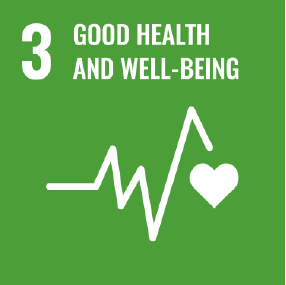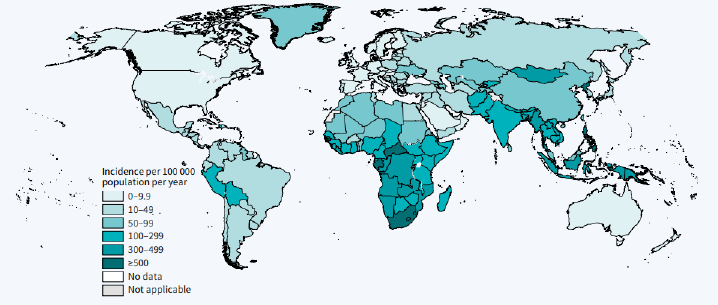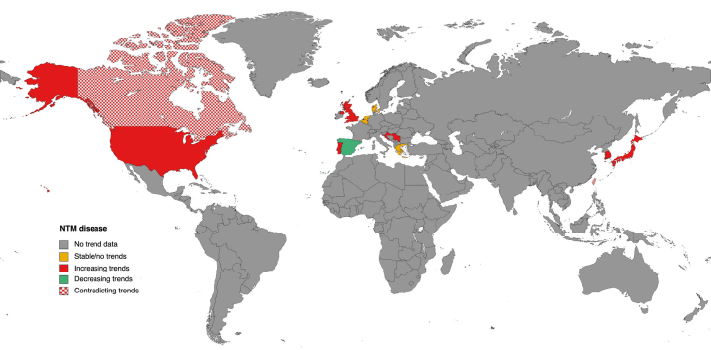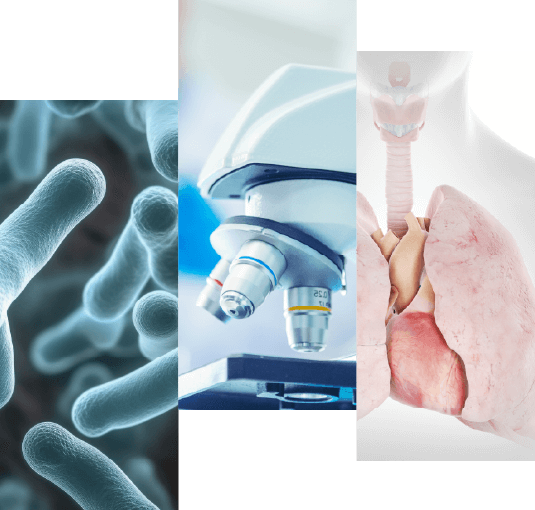Neglected Disease - NTM-PD -

When we examine the Sustainable Development Goals (SDGs), we come across tuberculosis.
The incidence of tuberculosis is listed as one of the indicators to accomplish Target 3.3.
This suggests that tuberculosis is considered just as significant as well-known diseases like malaria and hepatitis B. However, a comparable illness, Non-Tuberculous Mycobacterial Lung Disease (NTM-PD), is conspicuously absent from the SDGs.
What is different between
Tuberculosis and NTM-PD?
| Tuberculosis (TB) | NTM-PD | |
|---|---|---|
| Yes, since 1997. | Is there a global report published by WHO? | No. |
| Yes, in most countries and regions around the world. | Is the incidence estimated in many countries? (Refer to the map below) | No. It is only estimated in some developed countries and regions. |
| Yes, BCG vaccination is utilized. | Do people have knowledge of how to prevent the disease? | No. We are not aware of the risk factors. |
| Yes. | Do people have information on how to cure the disease? | No. Achieving complete recovery remains challenging thus far.. |
Countries where tuberculosis surveys were conducted

Countries where NTM disease surveys were conducted

A Crucial Step to Take
NTM-PD has been largely overlooked by people.
It is high time we assess the prevalence of NTM-PD and establish an effective means of diagnosing and providing appropriate treatment to NTM-PD patients.
This project marks our initial step toward this objective.
Goals of this survey
This survey…aims to reveal the current state of diagnosis and treatment for NTM-PD.
By determining the disease's prevalence in each country, examining the criteria that lead doctors to consider NTM, and identifying the treatments administered, we aim to propose improved methods for delivering appropriate care to patients.
Your cooperation in this endeavor is greatly appreciated.


